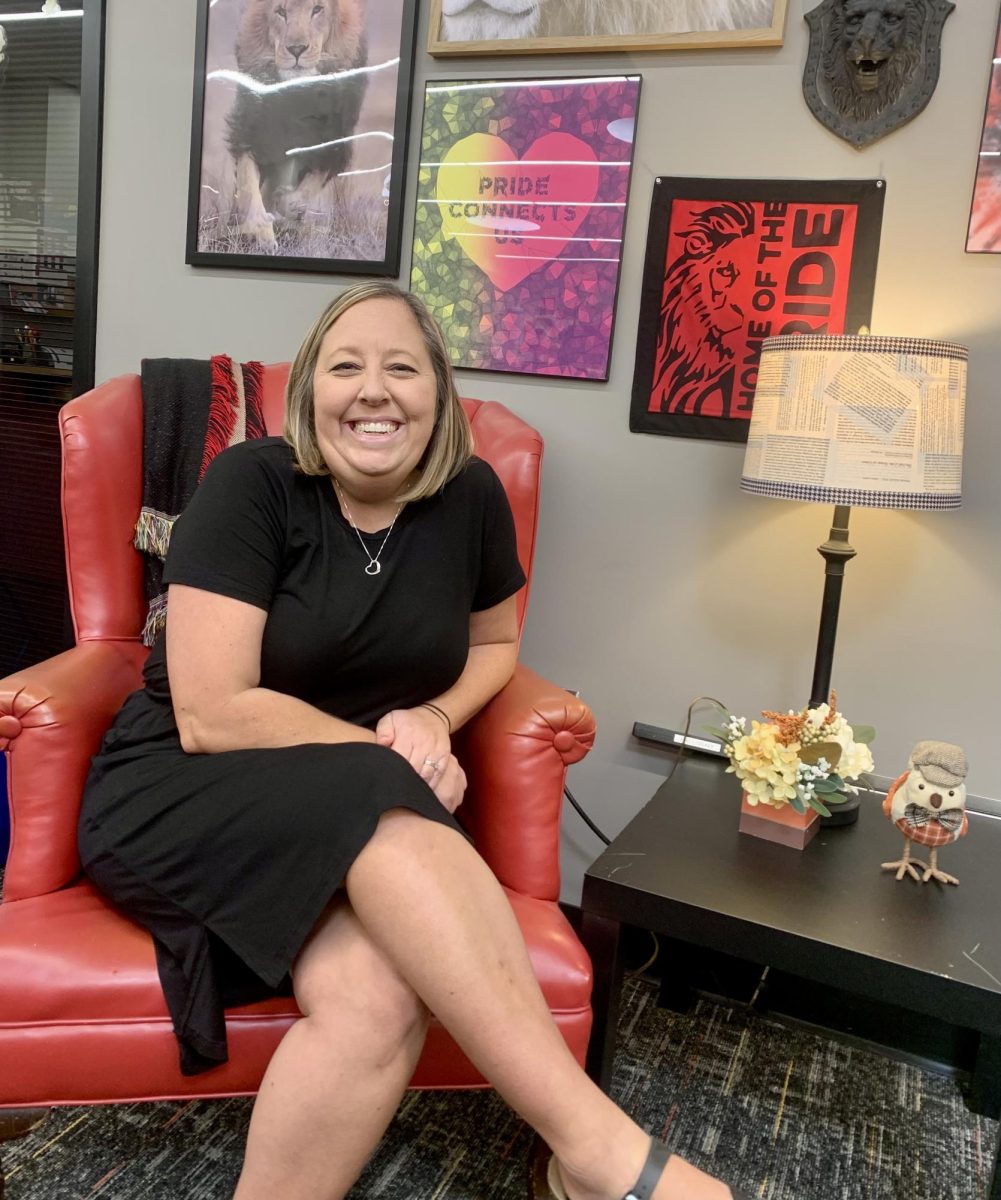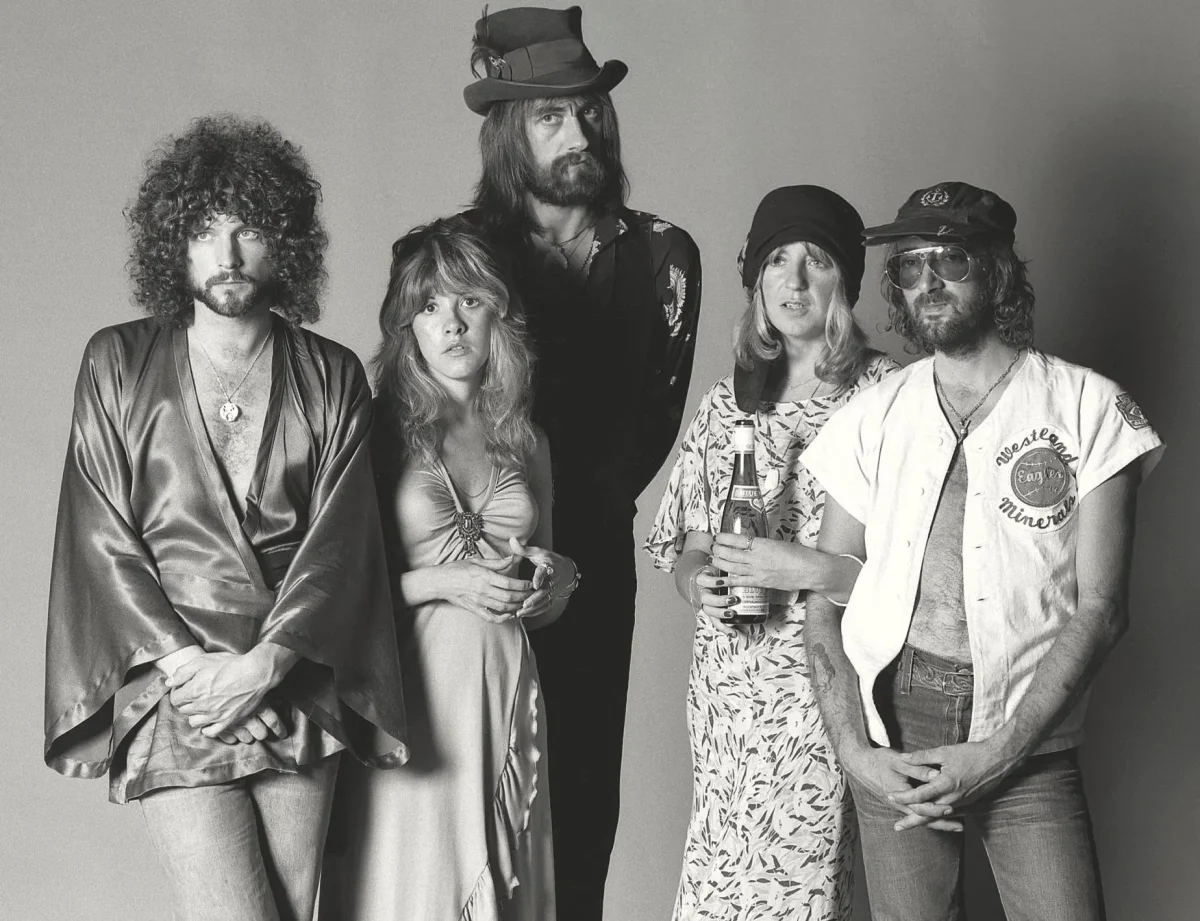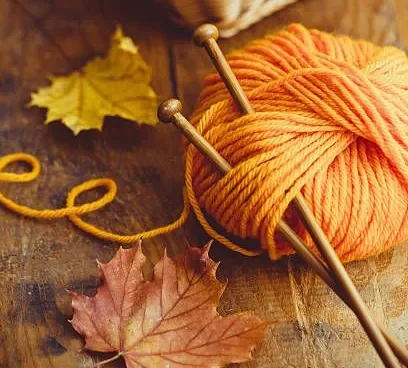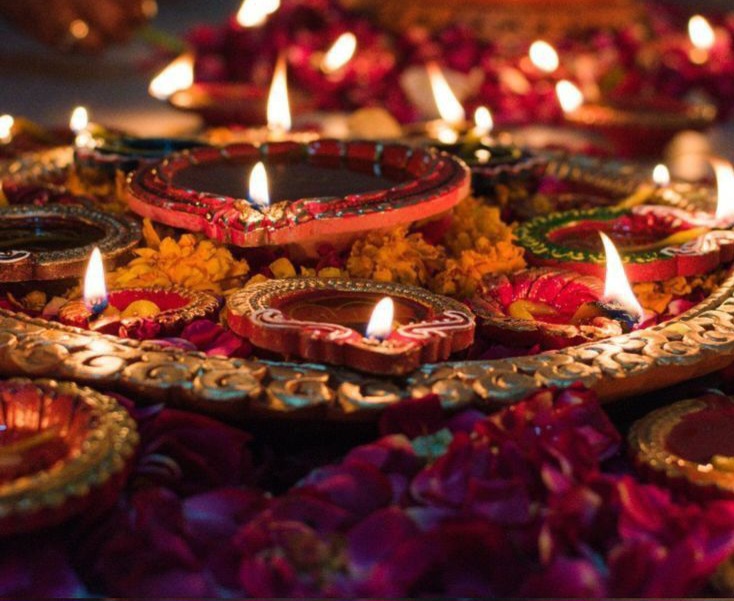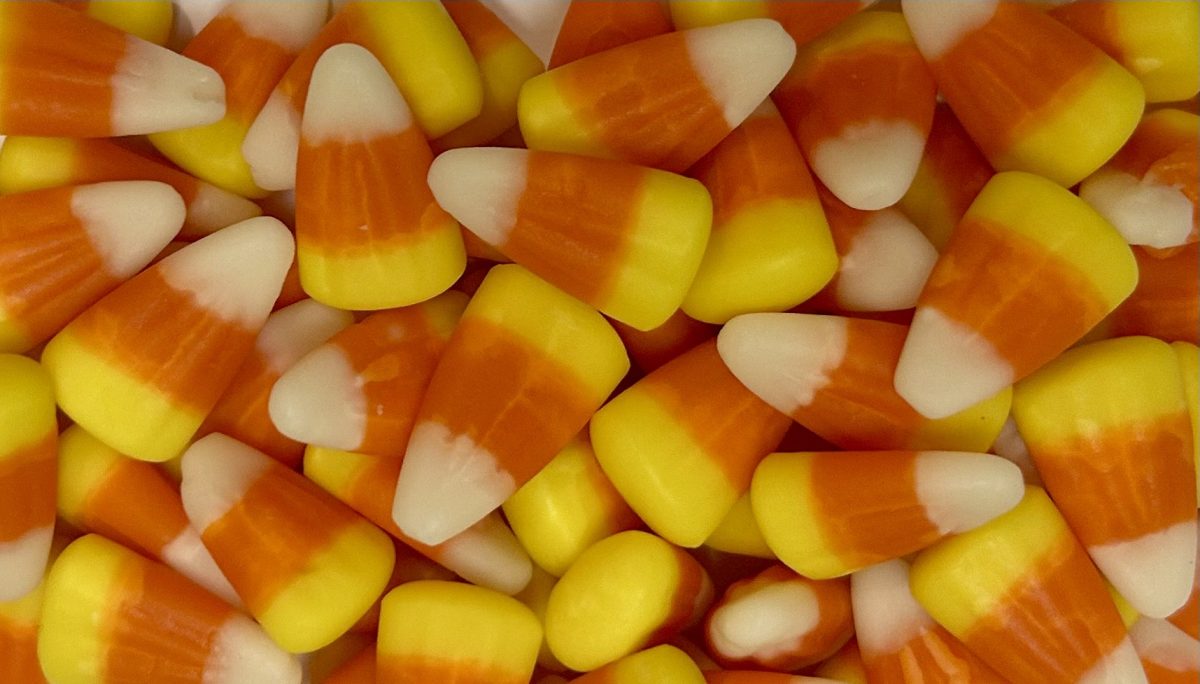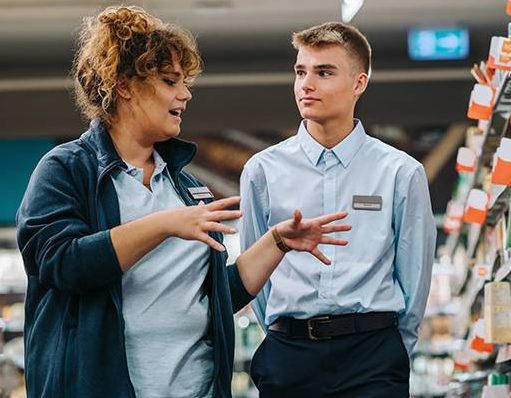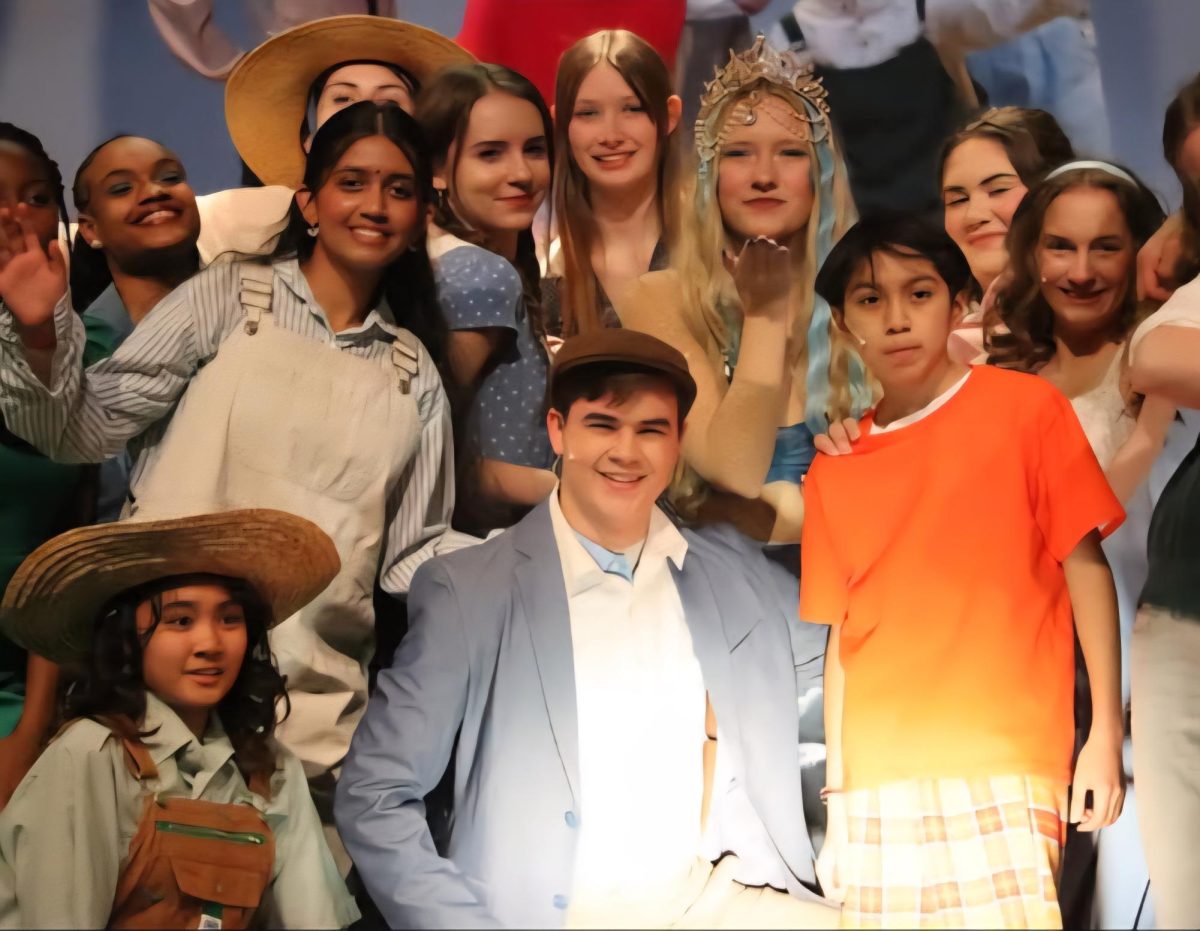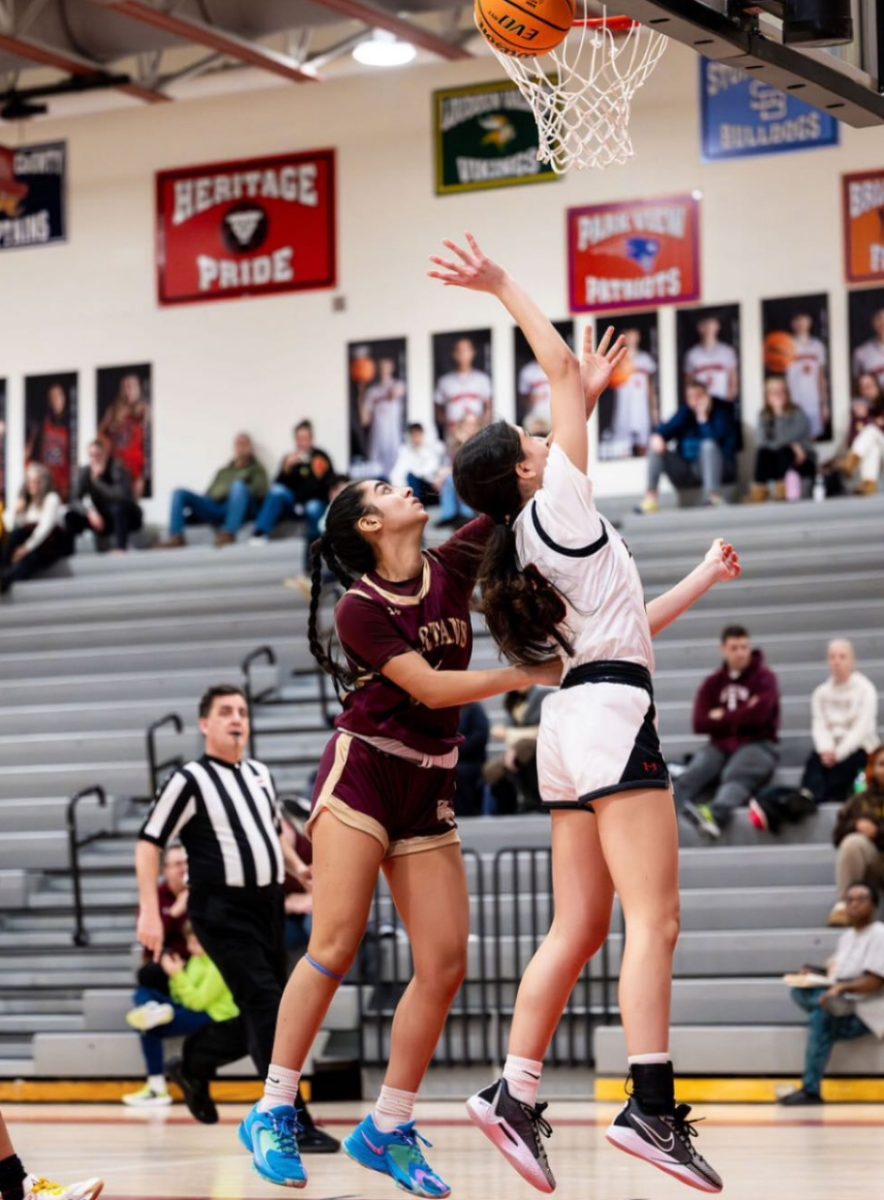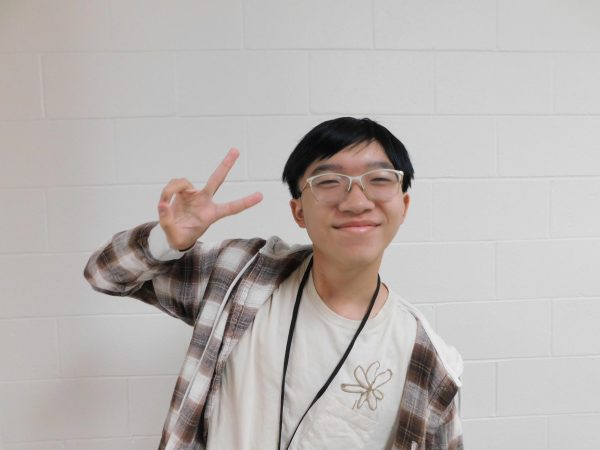Every school year around fall, the subject of Homecoming begins to be advertised and popularized for attending alumni of the community. Therefore, for most high school students, the idea of Homecoming has mostly been directly translated into spirit days, dances, and football games condensed into a week’s worth of entertainment for school spirit. However, the definition of Homecoming has most defintely deviated from its origins since its first recorded celebrations in the early 1900s.
The general consensus for what Homecoming actually is in the past was that it’s an event that would welcome back for all returning alumni for a college, and commemorate the first football game of the season through a week of different spirit days. As colleges begin to grow in attendees, the events couldn’t hold all participants; therefore, passing down the art to a community with a significantly smaller alumni: high schools. It’s debatable which college exactly began the tradition, but colleges like the University of Missouri, Baylor University, and the University of Illinois have all claimed to be the alleged founder for the yearly festivities. Regardless of who started Homecoming, the tradition has clearly created an everlasting impact on American colleges and high schools
Though, this article would be too boring if it was just plain information laid out in blocks of paragraphs; that’s why English teacher and head of our SCA, Colleen Dobbs, was invited to say a few words regarding her own Homecoming experiences during her times of being a student. Likewise to her position currently, she played a role in attending and planning this celebratory event for everyone to remember for the rest of their lives.
“I loved Homecoming, both as a high school student and as a college student and later alumna. In high school, I was a class officer each year, so I had a role in planning the class hall decorations and helping to organize my classmates. Back then, we also did a class float and a class wall mural, so it was a lot of work, but still very fun,” she says.
Additionally, her college life was also just as entertaining, yet unique in its own way. “In college, my sorority always paired with a fraternity to host a float in the Homecoming Parade, and we always looked forward to seeing our friends who came back to campus after graduation. Once I graduated, Homecoming became an opportunity to catch up with old friends and stay connected to my college,” she adds.
Therefore, high schools would then adapt the Homecoming dance to the list of celebrations too, and the dance would usually begin after the game. Slowly, the dance would fluctuate and become the main event of the whole week, topping or being only second to the football game. Whether or not the dance became a place where lovers would exclaim their fidelities, or friends gathered to enjoy a night full of energy and vitality, the event would become a staple to all American high schools every year without fail.
Revolving the evolution of Homecoming, the traditions have mostly stayed the same according to Dobbs. “Since Homecoming is a tradition, much remains the same about Homecoming from back when I was a student. There are still class competitions (in Dress-Up Days, Hall Decorating, the Pep Rally, etc.) and much excitement surrounds the Homecoming Football Game. I’m very proud of the Heritage community for still honoring these HOCO traditions, especially when this area has grown so much and there are other activities that could take students’ attention. When I grew up here, the county was much more rural and we didn’t have as many options as to how to use our free time, ” she concurs.
Clearly, Homecoming seems to be a tradition that will stay and live forever within America. Every year the festivities would bring joy and school spirit among the alumni, and that overall happiness of the school is truly the only real aspect that needs to be measured. To bring things to a close, Dobbs has one more thing to say about this special event, “Every HOCO is different, and each is made special by the people who participate in it.”
And she would be absolutely correct.


